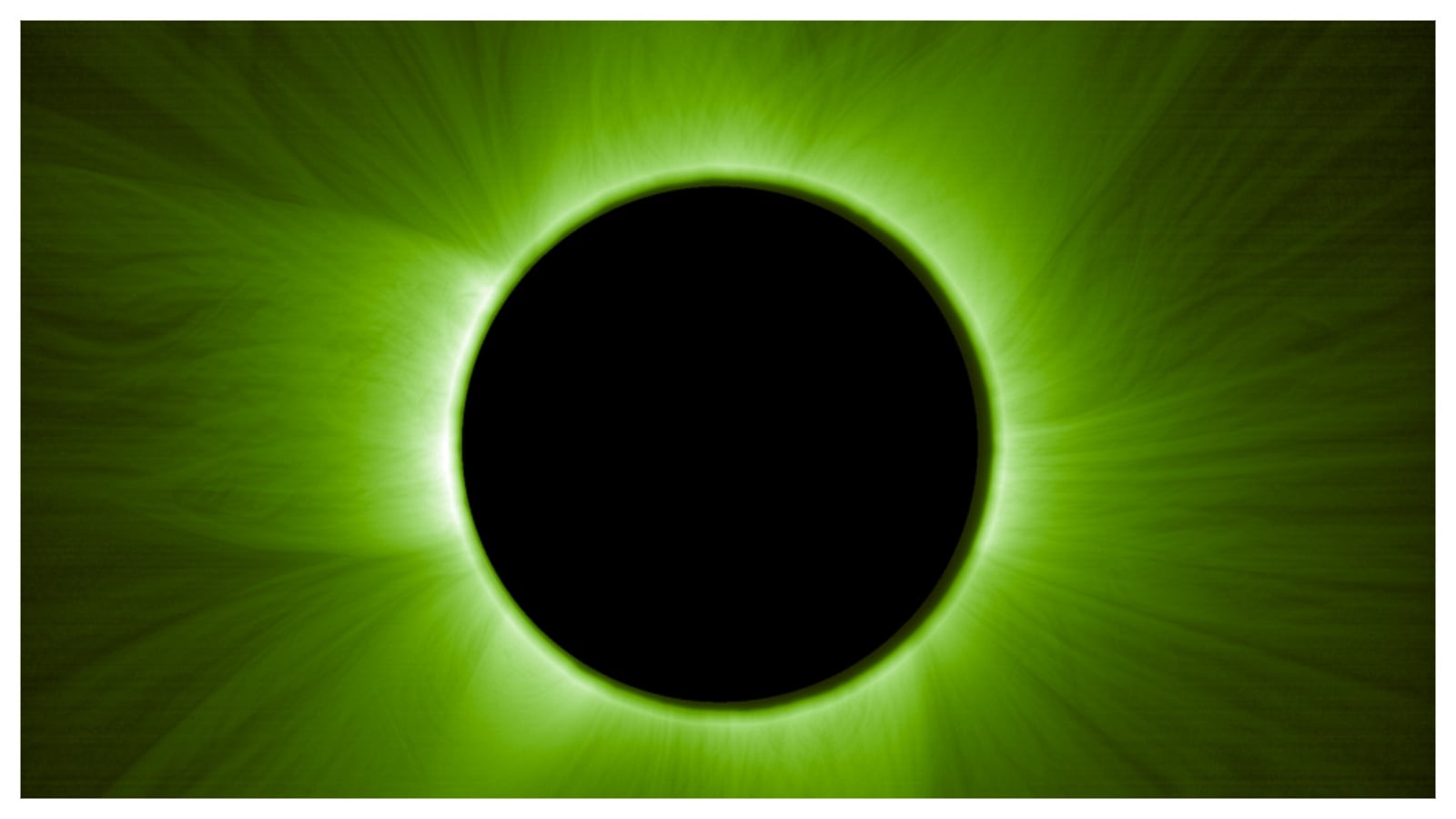How Scientists Created an 'Artificial' Total Solar Eclipse to Unlock the Sun's Secrets

Data from the European Space Agency's Proba-3 mission will help solar scientists be better prepared for the potential threat of a severe solar storm.
The Elusive Solar Corona
The sun's corona (or outer atmosphere) has proved a difficult subject for solar scientists on Earth to study. Traditionally, it appeared clearly only during a total solar eclipse. This rare phenomenon, occurring approximately once every 18 months, was their primary opportunity to observe key aspects of the corona.
Now, with the European Space Agency's (ESA) Proba-3 mission, scientists have engineered an 'artificial' total solar eclipse.
Proba-3: A Mission to Study the Sun
The Proba-3 mission utilizes two spacecraft flying in precise formation. One spacecraft, acting as an 'occulter,' blocks the sun's bright disc, creating an artificial eclipse. This allows the other spacecraft to observe the faint corona without the interference of the sun's intense light. This innovative approach provides scientists with unprecedented, continuous access to the sun's outer atmosphere.
This continuous observation capability allows scientists to study the dynamics of the corona in detail and gather valuable data to better predict solar storms. Accurate prediction can help protect vital infrastructure on Earth, like power grids and satellite communications.
Why Study the Corona?
Understanding the corona is crucial for comprehending solar activity, particularly solar flares and coronal mass ejections (CMEs). These events can have significant impacts on Earth, disrupting communication systems and damaging satellites. By studying the corona, scientists hope to improve our ability to forecast and mitigate these potentially harmful events. Further reading can be found here.
 1080p
1080p








